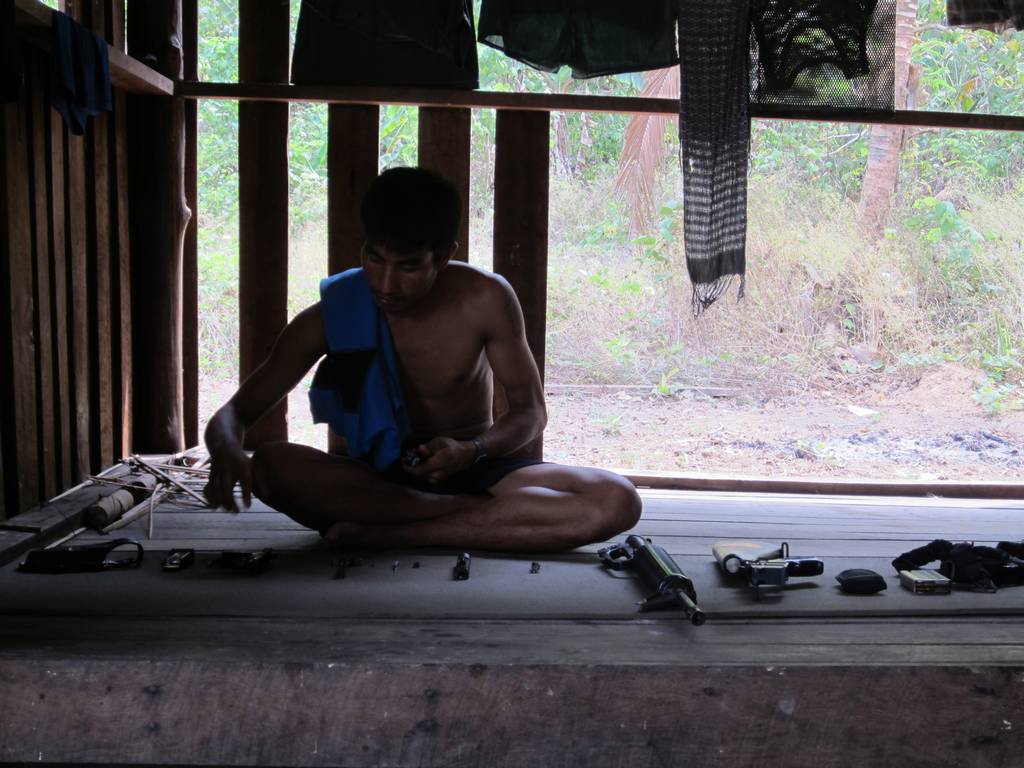For generations, ethnic nationalities have suffered of horrendous abuses in the country’s outlying areas, including killings, beatings, torture, forced labour, forced relocations, and rape, all committed in a culture of impunity (see Human Rights Violations). Although ethnic armies have also committed abuses, the Burmese army has been the primary force of violence and abuse. Since the 1960s, Burmese army operations have been characterised by counter-insurgency campaigns that have targeted civilian populations in an effort to defeat ethnic opposition armies. In Karen State and neighbouring Shan and Karenni States, more than 3,500 villages have been destroyed between 1985 and 2010, more than in Darfur, Sudan (KWO, 2010, p. 5). The actions of the Burmese army particularly in eastern Burma have been argued to count as genocide (e.g. La Guardia, June, 2005; Rogers, 2004). Wide-ranging governmental and societal discrimination against ethnic nationalities persists, and tension between the Burmese army and ethnic populations remains high (US State Department, 2014).
Although there have undoubtedly been positive changes in Burma and the government has worked towards ceasefire agreements with organisations such as the Karen National Union (KNU), New Mon State Party (NMST), Chin National Front (CNF), and Arakan Liberation Party (ALP), conflicts have recently escalated in Kachin, Arakan and Shan States, and tensions have recently began mounting also between Karen and Burmese troops (see e.g. Saw Yan Naing, September, 2014). The move to transform the bilateral ceasefire agreements into a nationwide ceasefire still remains unfulfilled. Furthermore, the Burmese army reportedly still continues to commit serious abuses against civilians as recently reported by local and international organisations such as ND-Burma (2012a, 2012b, 2012, 2013a, 2013b, 2014a), Physicians for Human Rights (Davis, 2011; Davis, Gittleman, Sollom, Richards & Beyrer, 2012), and Human Rights Watch (Human Rights Watch, 2012a, 2012b, 2012c, 2013a, 2014a).
Burma has a long and complex history of armed opposition groups typically organised along ethnic or religious lines. The dynamics of the conflict in Burma are closely related to goals and concerns of the ethnic nationality groups. While peace is the crucial starting point on the road to development, democracy and human rights, on its own it will not solve the long-standing problems of Burma’s ethnic groups. Until there are solutions to the political goals of ethnic nationality leaders and to the ethnic grievances between myriad groups and particularly the ethnic nationalities and the majority Burman, there will be no national reconciliation. Knowledge of the backdrop of ethnic concerns and grievances as well as history of the conflict and its ethnic underpinnings is essential in any attempt to understand the country and the conflict.
Updated October 10, 2014
Continue to History of Armed Opposition

